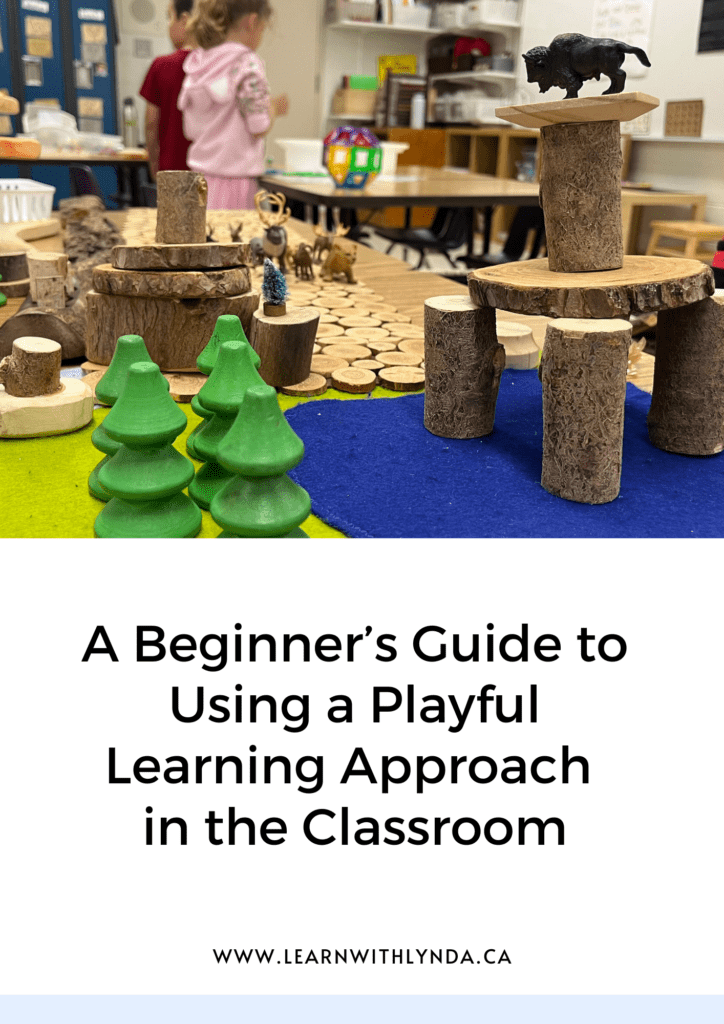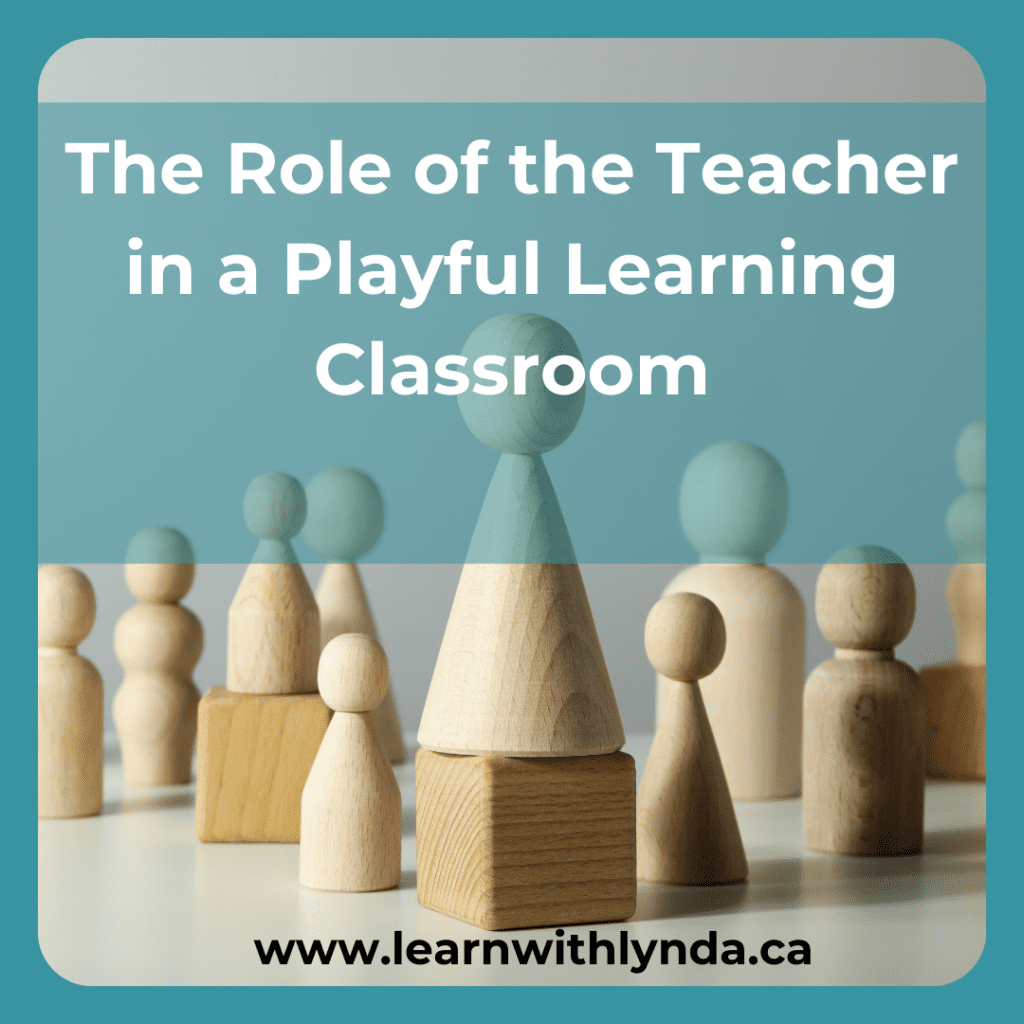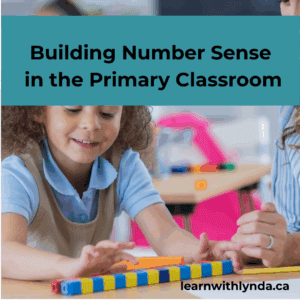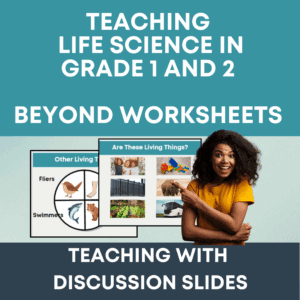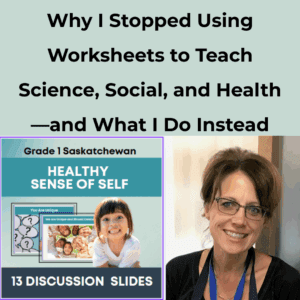First and foremost, the teacher’s role is to be a strong advocates for playful learning. Teachers need to understand the benefits of play and feel comfortable orchestrating a dynamic and engaging learning environment. A playful learning classroom thrives when the teacher embraces both the spontaneity and structure that playful learning can offer.
Deep Knowledge of Curriculum
Teachers need to be well-versed in the curriculum to seamlessly integrate learning outcomes and indicators into the playful environment. This allows them to ensure that both academic goals and developmental milestones are met during playful learning activities.
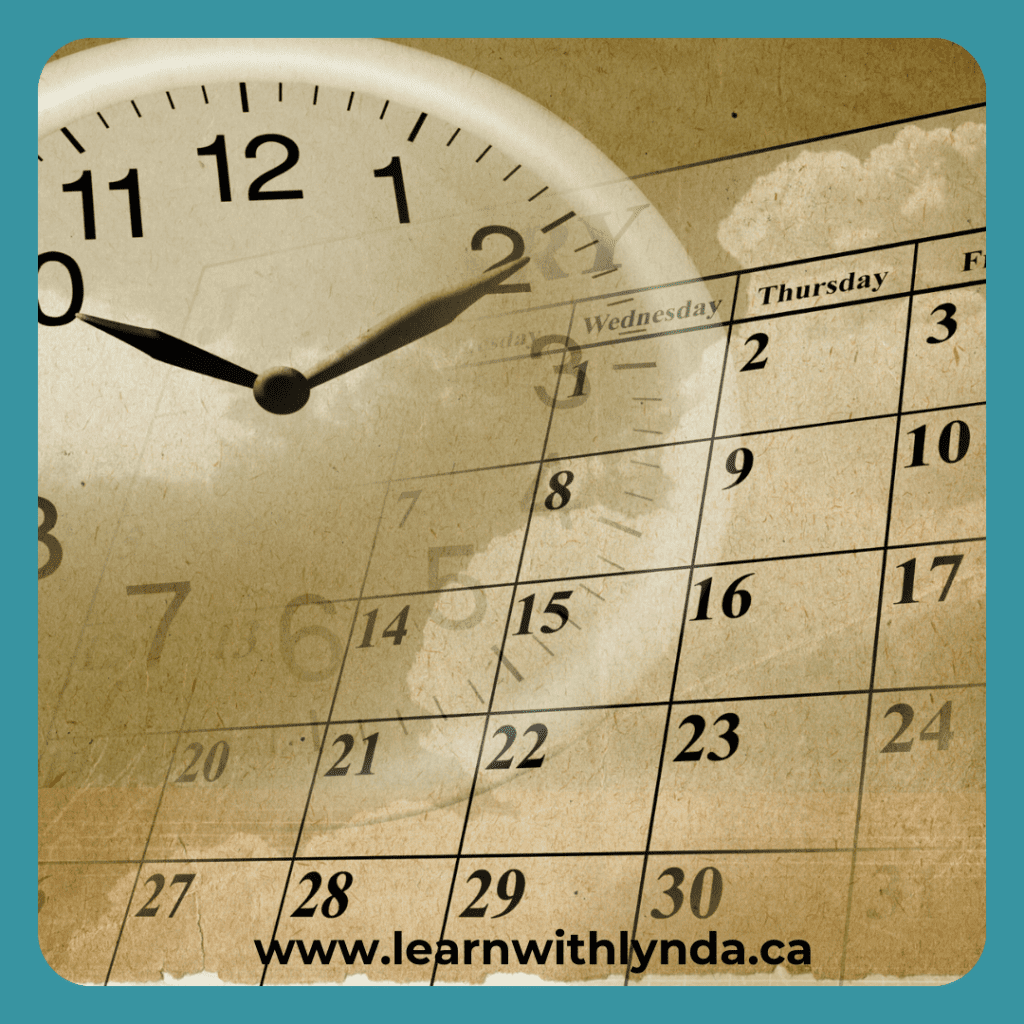
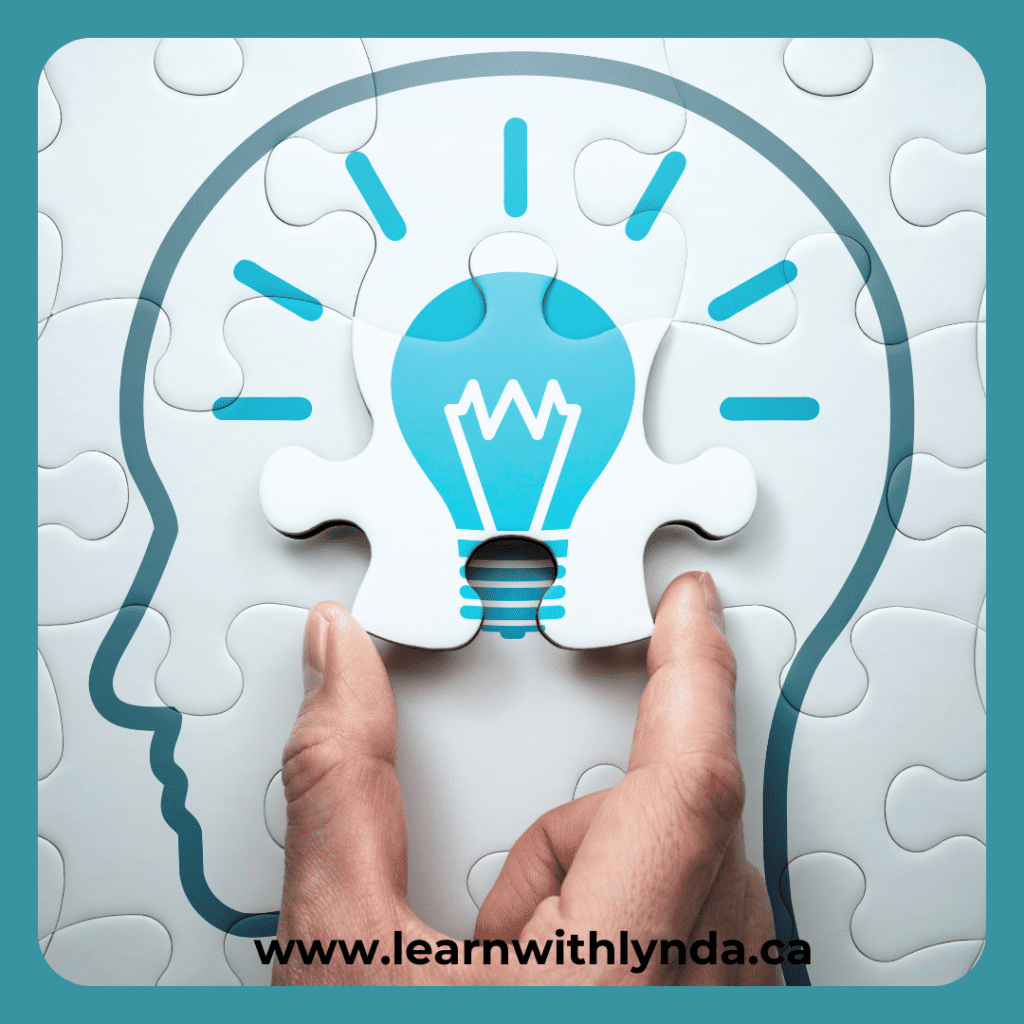
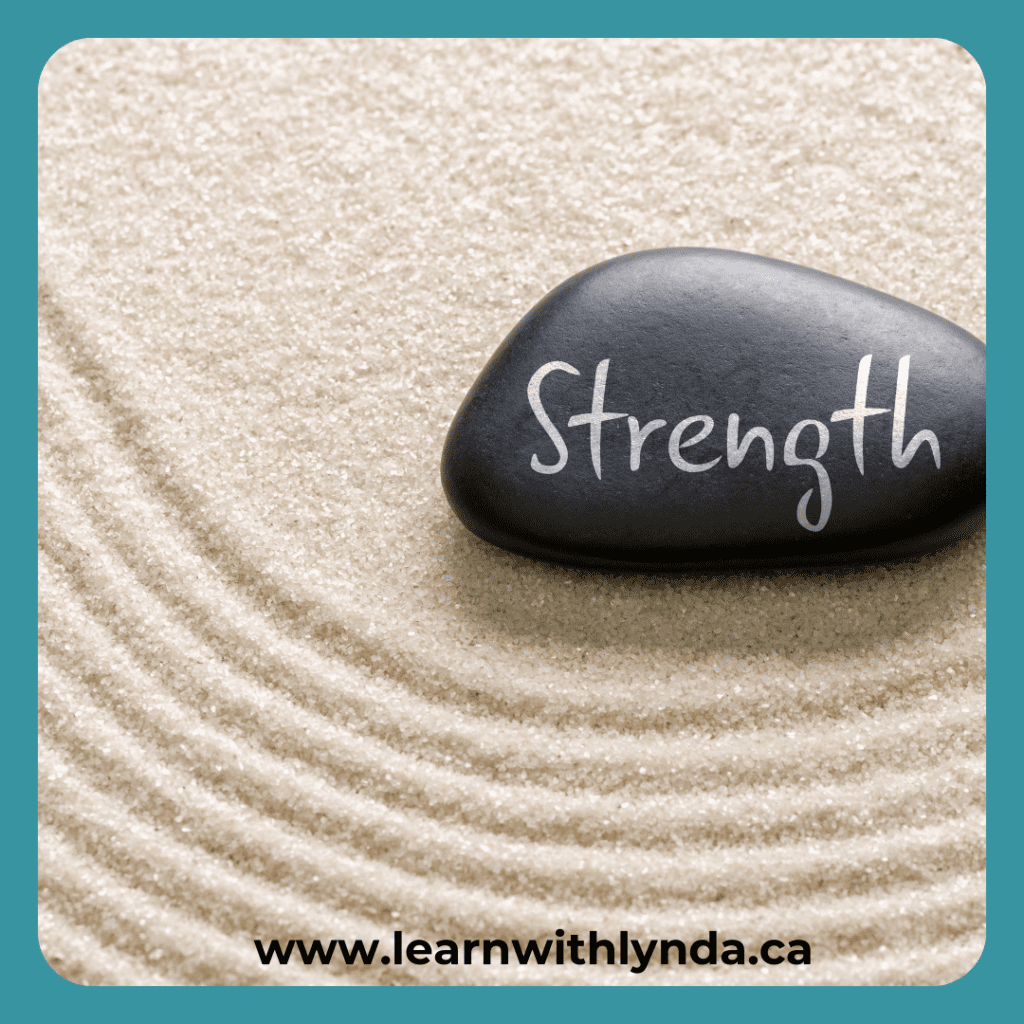
Thoughtful Design and Scheduling
The teacher’s role is to design schedules that balance teacher-led activities with child-selected learning opportunities. This balance gives children the freedom to explore their interests while ensuring that curricular outcomes are still met.
Empowering Student-Led Learning
Teachers must empower students to take the lead in their own learning. To do this effectively, they should have a clear understanding of each student’s strengths and areas for growth. By planning experiences that nurture these areas, teachers can help students develop confidence and skills in meaningful ways.
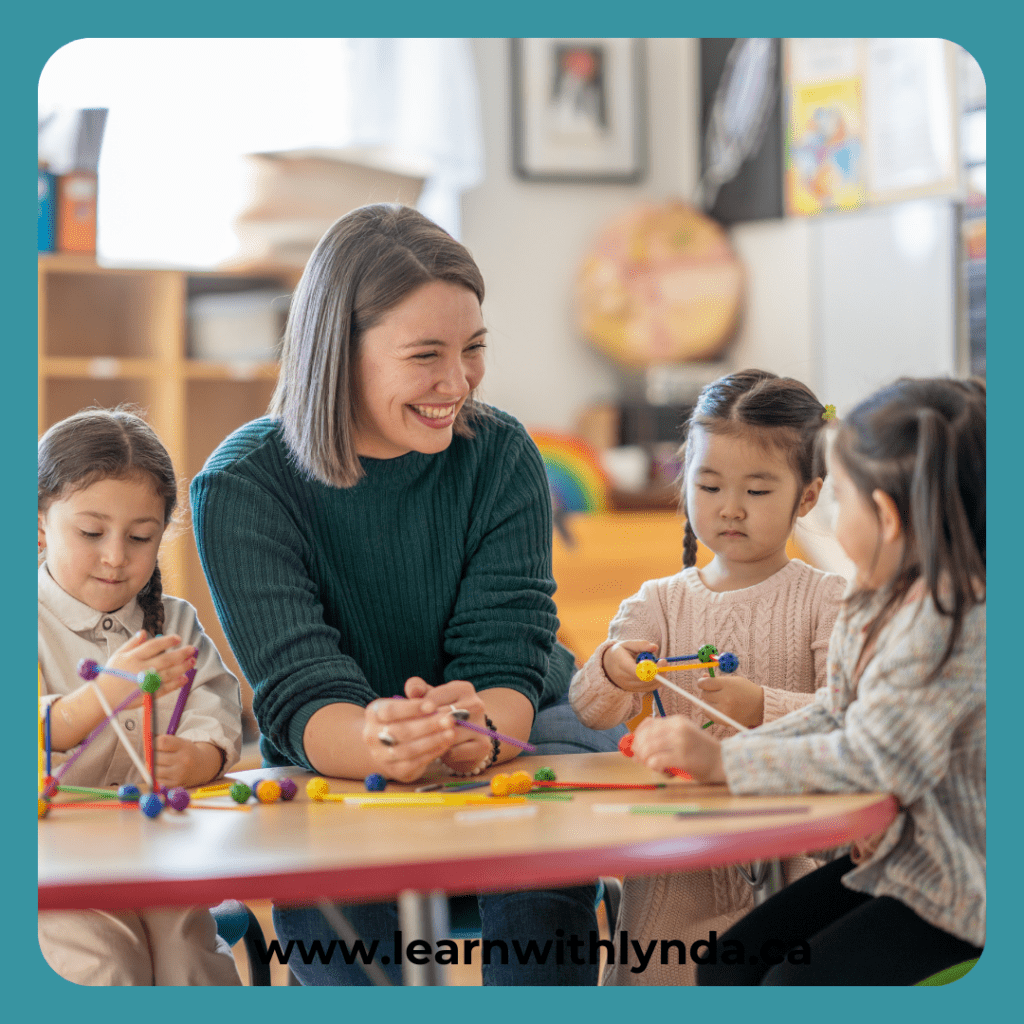
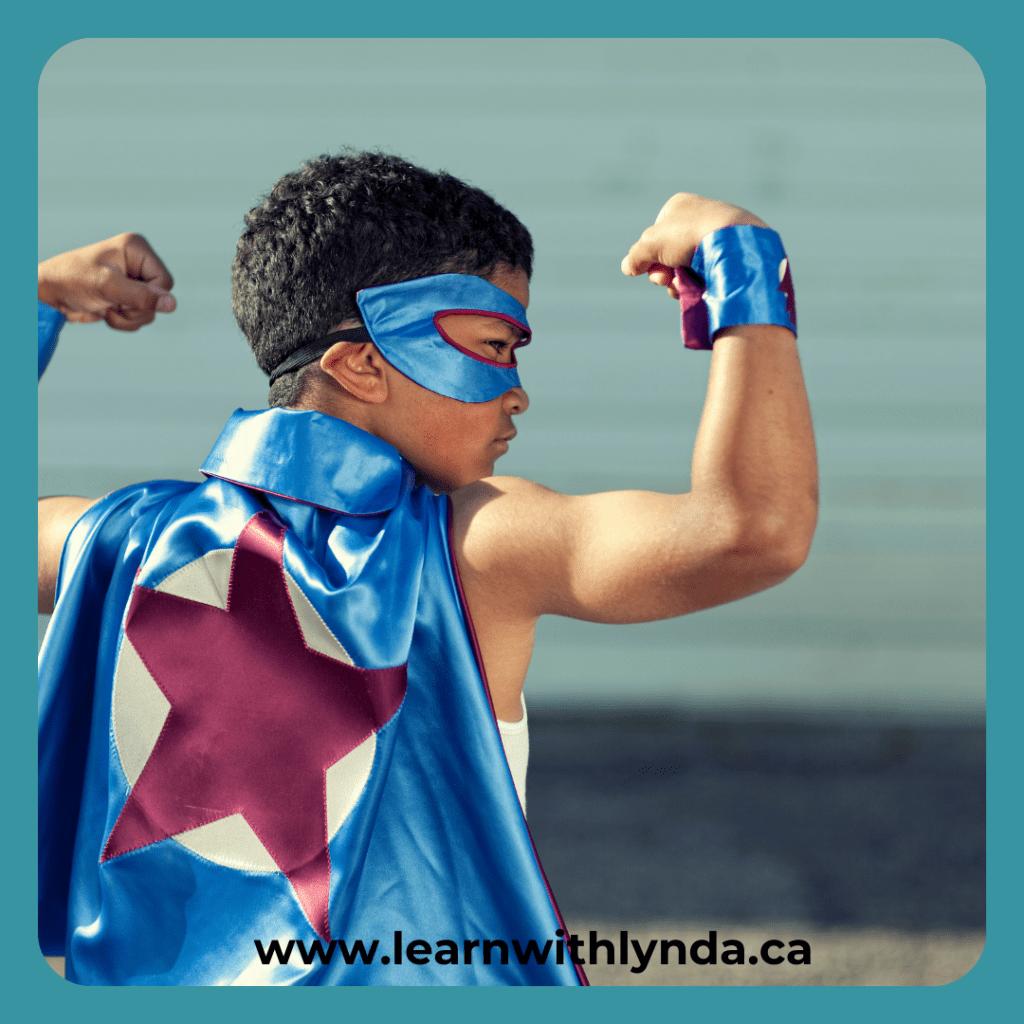
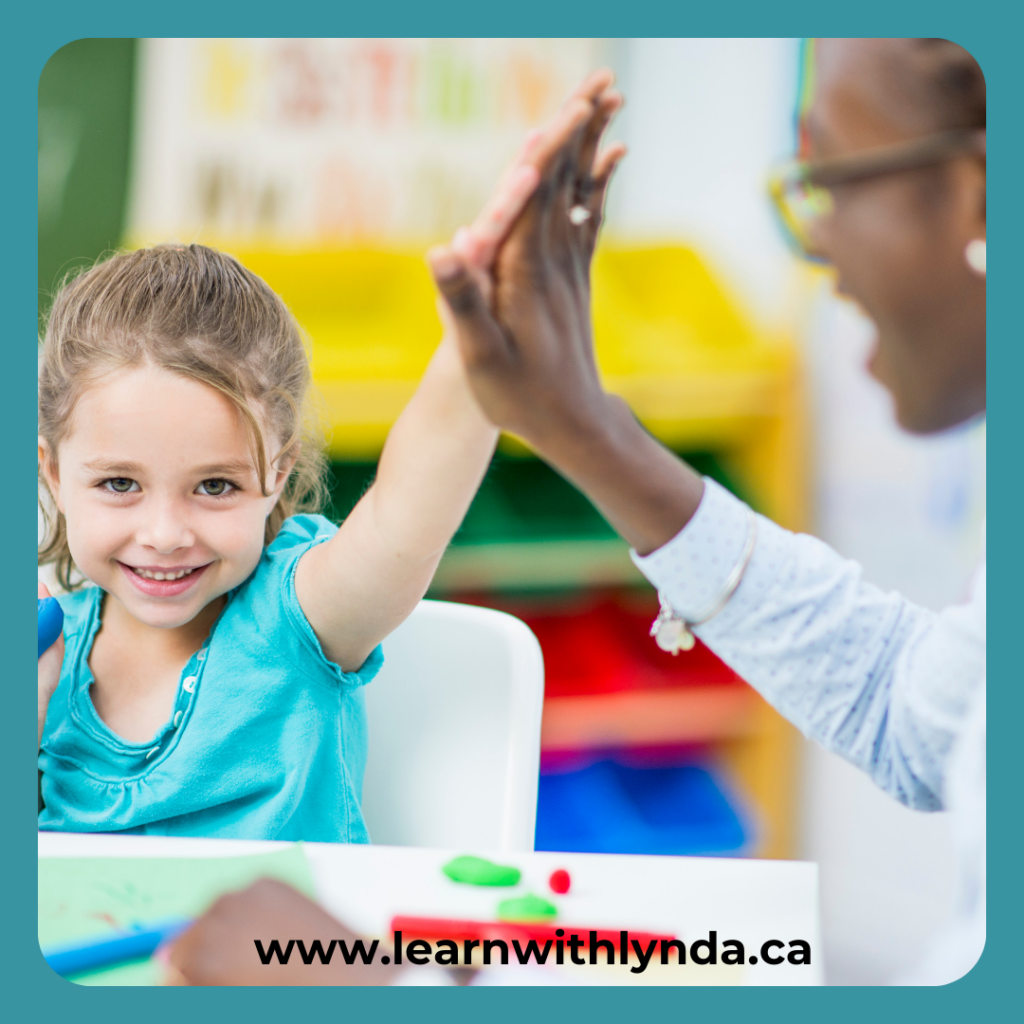
Building a Collaborative Learning Culture
Creating a culture of collaboration is essential in a playful learning classroom. Teachers should dedicate time to teaching students how to discuss ideas, collaborate effectively, and work as a team. These skills not only support academic learning but also foster social-emotional growth.
Strategic Material Selection
A thorough understanding of the curriculum and students’ needs and interests will guide teachers in selecting materials for playful learning. The chosen materials should be engaging, purposeful, and aligned with the learning goals. This ensures that time spent with playful learning experiences is productive and enriching.
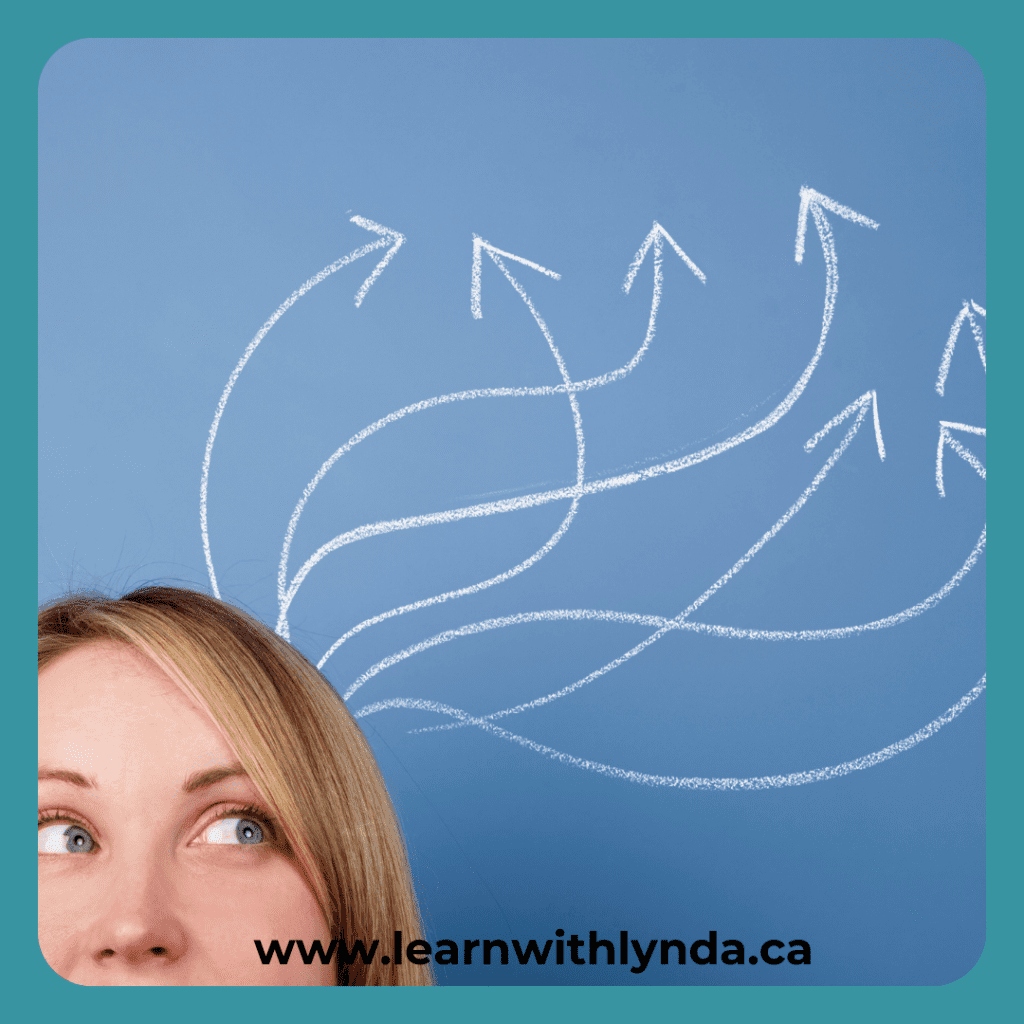
Encouraging Experimentation and Creativity
Teachers should create an environment that encourages experimentation, risk-taking, and creative thinking. Students should feel safe to explore new ideas, make mistakes, and learn from them in a supportive space.
Playing with Students
Active participation during playful learning activities allows teachers to connect with students on a deeper level. During play, teachers can:
- Build relationships by engaging with students on their level.
- Model exploration and curiosity to inspire students to try new things.
- Pose thought-provoking questions to extend children’s thinking.
Using Playful Learning to Build Relationships
- Teacher-student connections: Engage in playful activities to strengthen bonds with students.
- Peer relationships: Facilitate activities that promote teamwork and mutual support among students.
- Empathy through play: Incorporate role-playing or group games to help students develop understanding and respect for others.
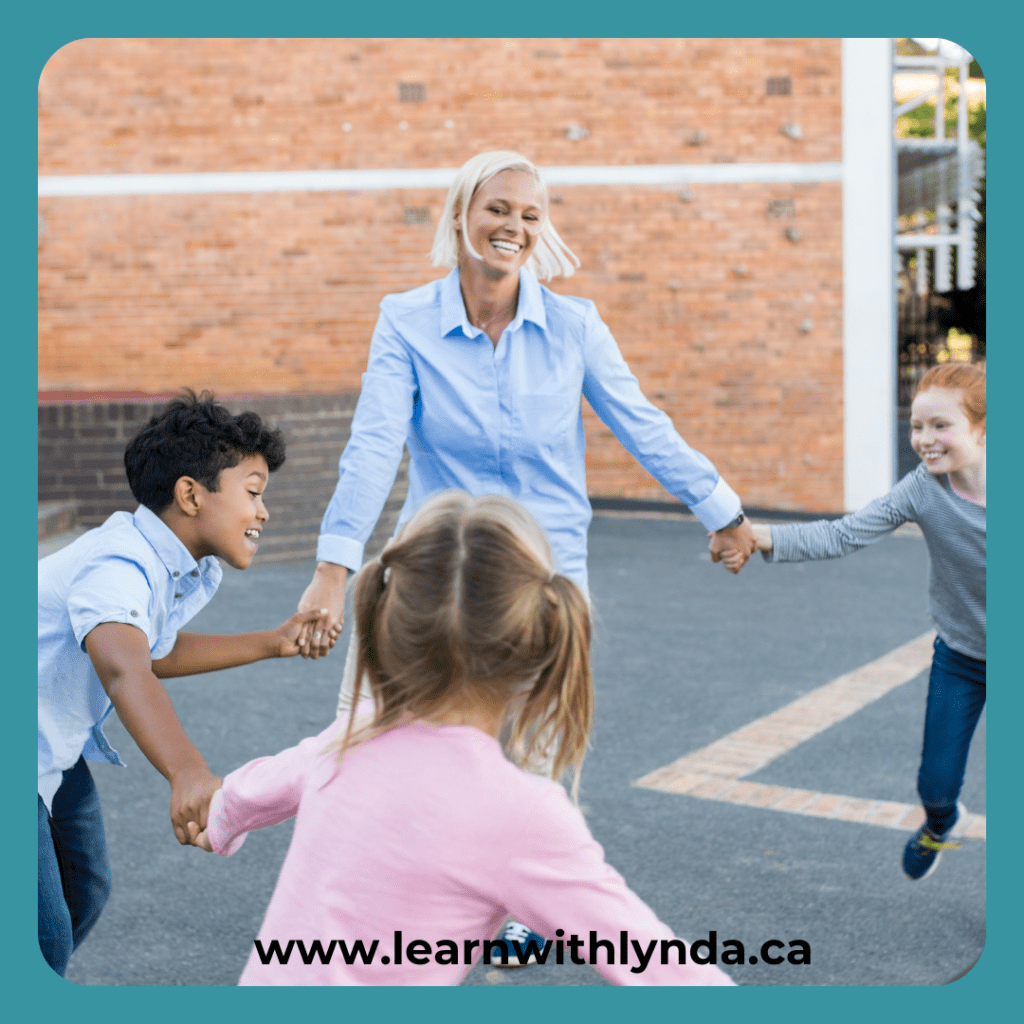
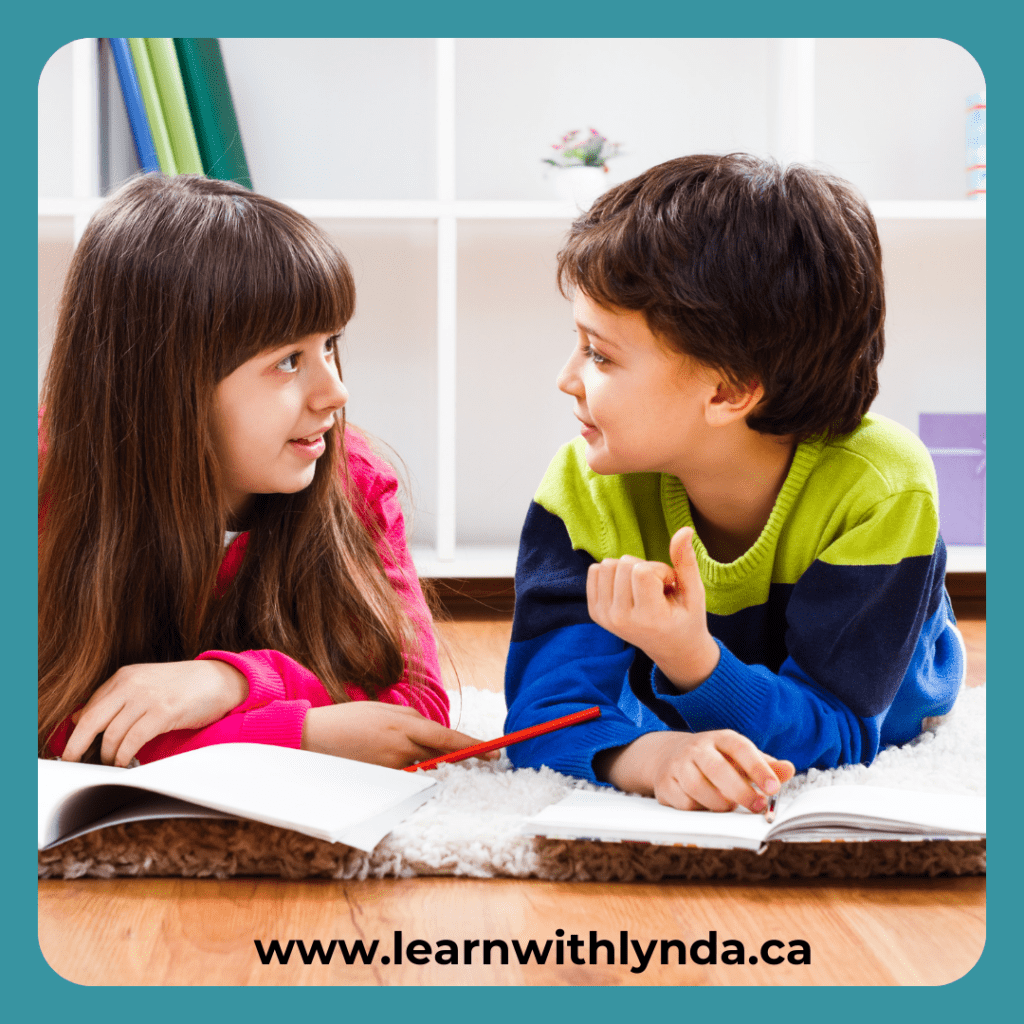
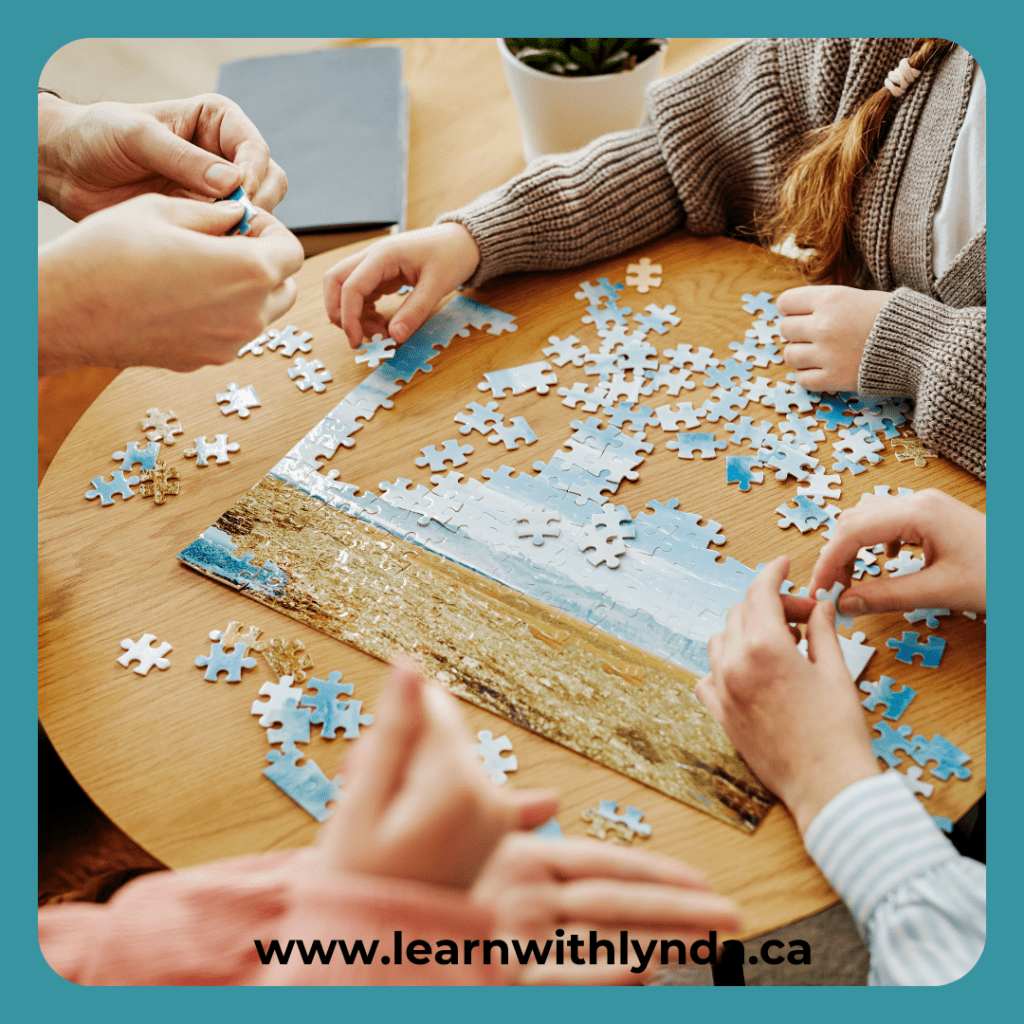
Facilitating Purposeful Conversations
Playful learning provides rich opportunities for meaningful discussions that enhance learning:
- Discussion starters: Use prompts or guiding questions during play to spark curiosity and conversation.
- Encourage curiosity: Respond to children’s questions with opportunities to dive deeper into topics of interest.
- Reflection: End playful learning activities with discussions about what students learned or experienced, fostering deeper understanding and connections.
Creating Joyful Learning Experiences
Finally, teachers should design playful learning experiences that evoke feelings of excitement, belonging, joy, and pride. These emotions create a positive association with learning and encourage students to stay engaged and motivated.
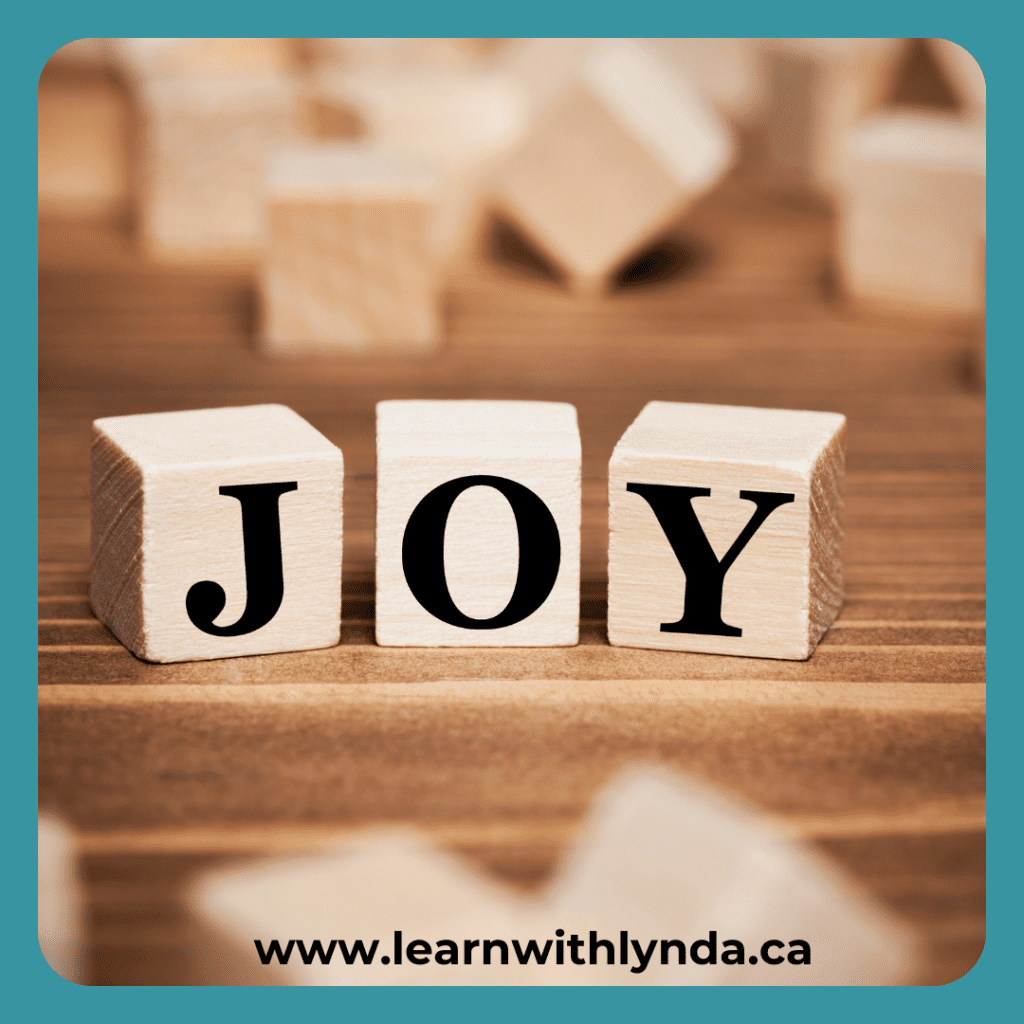
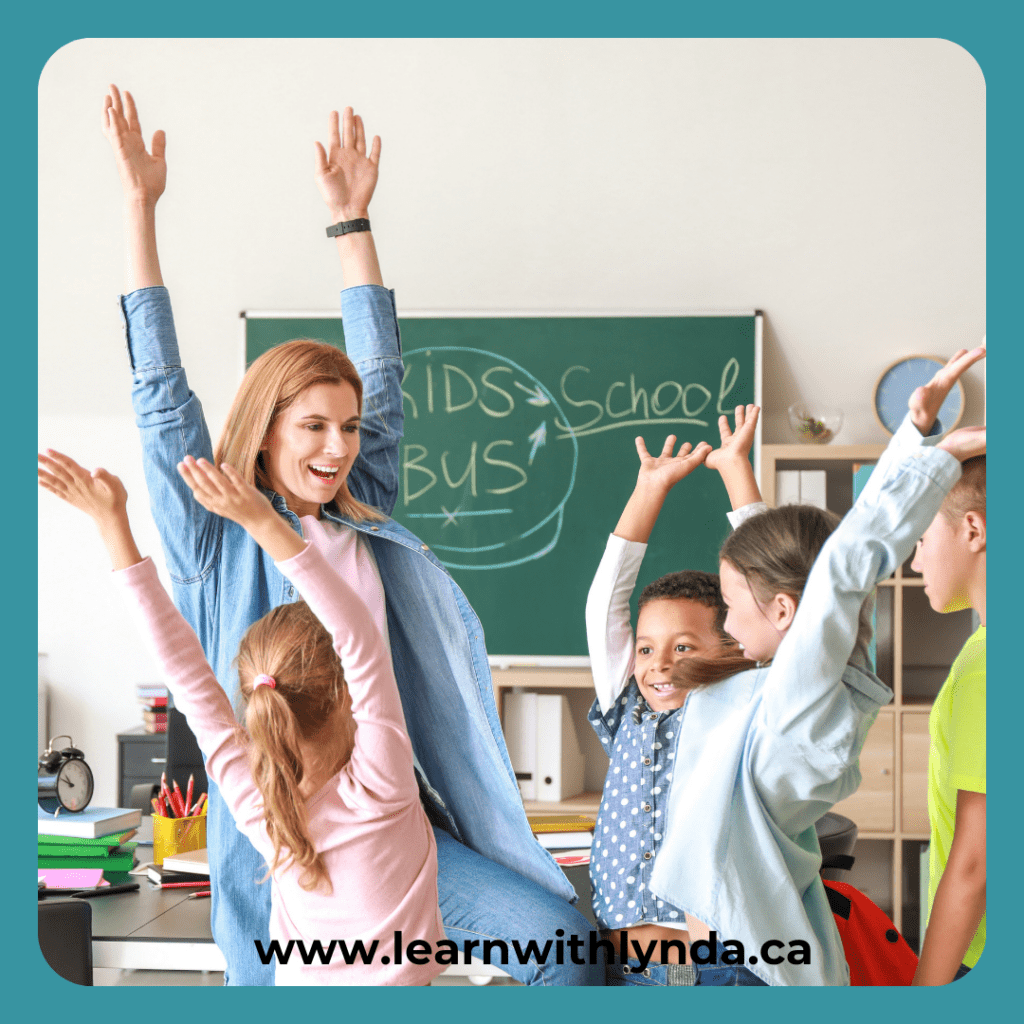
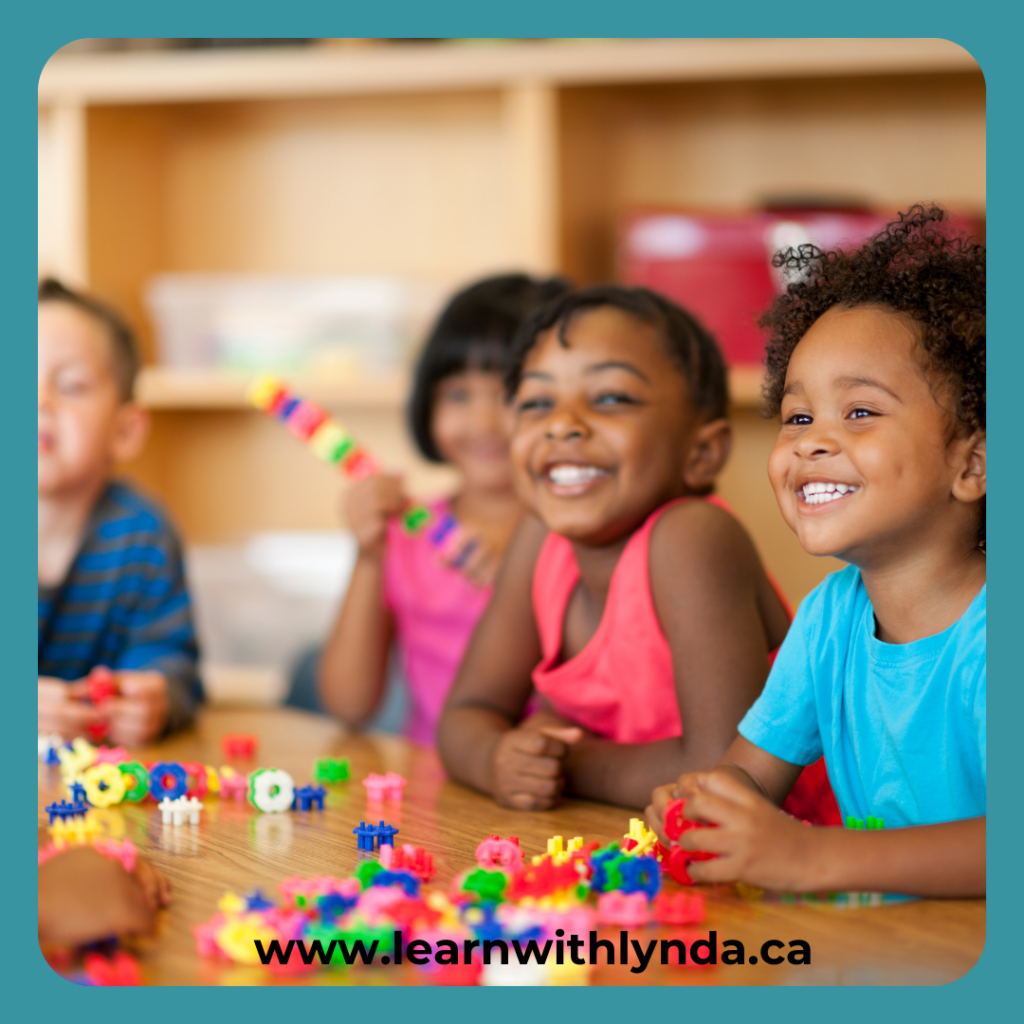
In a playful learning classroom, the teacher’s role is multifaceted. By combining knowledge of the curriculum with an understanding of their students, teachers can create a learning environment that is structured yet flexible, purposeful yet full of wonder. Playful learning is not just about fun—it’s about fostering growth, curiosity, and a lifelong love of learning.
Stay tuned for more tips on playful learning!
Happy Learning,
Lynda
You might be interested in this new guide.
